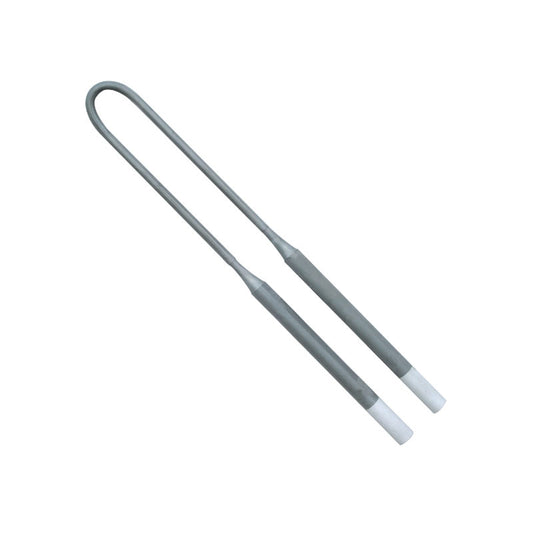(Reference image by Robert Matthew Lavinsky, Wikimedia Commons).
Introduction
Zirconia is widely used in modern dental restorations because of its strength, long-term durability, and natural appearance. But before it reaches dental laboratories, zirconia goes through a long and complex journey. This journey begins not in a factory, but deep inside the Earth, billions of years ago.
This article explains the origin of zirconia and how it becomes a raw material used in dentistry.
The Beginning: How Zircon Was Formed
The formation of zircon began between three and four billion years ago, during the early stages of the Earth’s development. At that time, the planet was very hot and unstable. Under the Earth's mantle, a mineral called zircon began to form.
Zircon is a compound made of zirconium, oxygen, and silicon. It is known as zirconium silicate. These zircon crystals often contain small amounts of radioactive elements such as uranium and thorium. Their presence helps scientists understand the age and formation conditions of these minerals.
Zircon is one of the oldest minerals ever found on Earth. It formed even before diamonds, making it important for studying the early history of the planet.
How Zircon Reached the Surface of the Earth
Although zircon formed deep under the Earth's surface, it can now be found near the surface and even on some beaches. This happened due to large asteroid impacts during the early years of Earth’s history.
When asteroids hit the planet, the impact created very high energy. This energy melted parts of the Earth’s crust and pushed deeper materials toward the surface. As a result, zircon crystals were moved upward and became accessible.
Mining Zircon: Where and How
Today, zircon is mined from surface-level deposits.
To extract zircon, mining companies first remove the top layers of soil and rock, known as overburden. Then, they process the sand underneath to separate the zircon content. This results in a material called "zircon sand."
Zircon Sand as a Raw Material
Zircon sand is the starting material for producing dental-grade zirconia. It contains mainly zirconium and silicon but also includes trace amounts of radioactive elements like thorium and uranium.
Before zirconia can be used in dental applications, these radioactive elements must be removed. This purification step is necessary for safety and quality. The most commonly used purification method today involves chemical processing with acid.
Chemical Processing: Creating Zirconium Oxychloride
The first major step in processing zircon sand involves dissolving it in hydrochloric acid and water under heat. This is called a hydrothermal reaction. The zircon breaks down and forms a chemical compound called zirconium oxychloride, which is a liquid.
This liquid is a purified intermediate material used in many applications, including dentistry. While many manufacturers begin with the same zirconium oxychloride, the way they process it afterward is different. These differences in further processing have a major effect on the final product's properties, such as strength, appearance, and transparency.
Conclusion
Dental zirconia begins its journey billions of years ago, when zircon crystals formed deep inside the Earth. Through natural geological processes and mining, this mineral becomes available at the surface. It is then refined through chemical treatment to remove unwanted elements.
The first step in this process – transforming zircon into zirconium oxychloride – is essential. However, the later steps of processing are even more important, as they determine the quality and performance of the zirconia used in dental restorations.












